Brain endoscopy

1. Procedure Overview Neuroendoscopy is a minimally invasive surgical technique that utilizes a thin, flexible tube called an endoscope, equipped with a camera and light source, to access and treat conditions within the brain, ventricles, and spinal cord. This approach allows neurosurgeons to reach areas that are difficult to access with traditional open surgery, often […]
Glioma Tumor

1. Surgery Overview Glioma tumor surgery is performed to remove tumors that arise from glial cells in the brain or spinal cord. Gliomas can range from low-grade (slow-growing) to high-grade (aggressive and fast-growing) types, such as glioblastoma. The primary aim of surgery is to remove as much of the tumor as possible while preserving neurological […]
Pituitary tumor
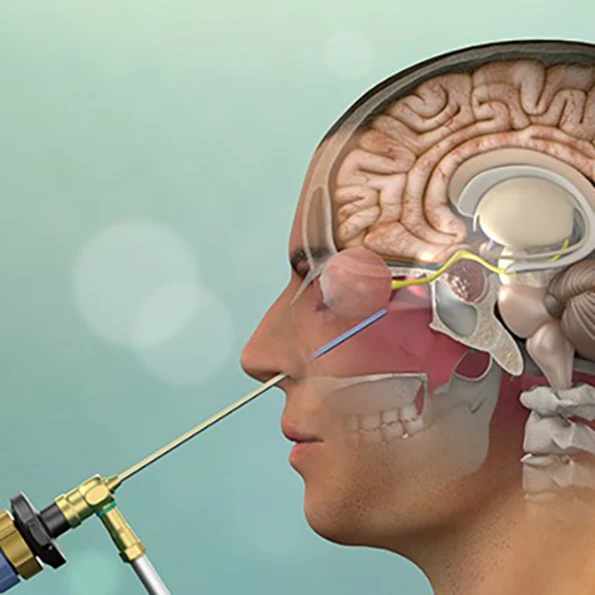
1. Surgery Overview Pituitary tumor surgery is performed to remove abnormal growths in the pituitary gland, a small hormone-producing gland located at the base of the brain. Most pituitary tumors are benign (non-cancerous), but they can cause serious health problems by pressing on surrounding structures or by disrupting hormone production. The most common surgical approach […]
Cervical Spinal Stenosis Surgery
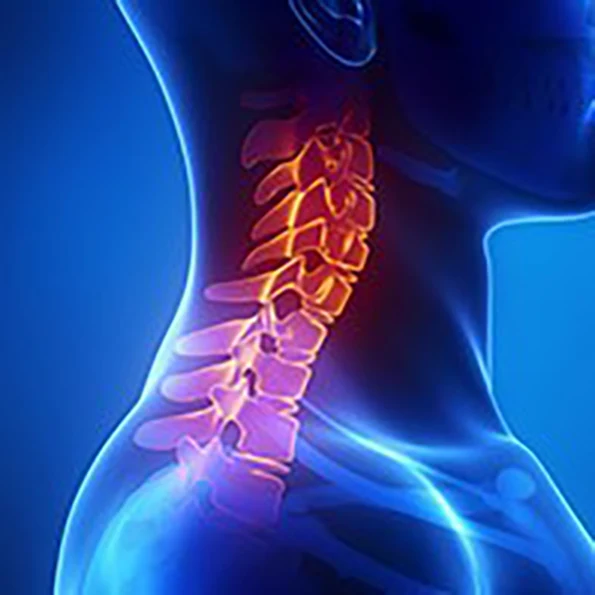
1. Procedure Overview Cervical spinal stenosis surgery is performed to relieve pressure on the spinal cord and nerves in the neck area caused by narrowing of the spinal canal. If left untreated, this condition can lead to numbness, weakness, difficulty walking, or even paralysis. Common surgical procedures include: Anterior Cervical Discectomy and Fusion (ACDF): Removal […]
Lumbar Spinal Stenosis Surgery
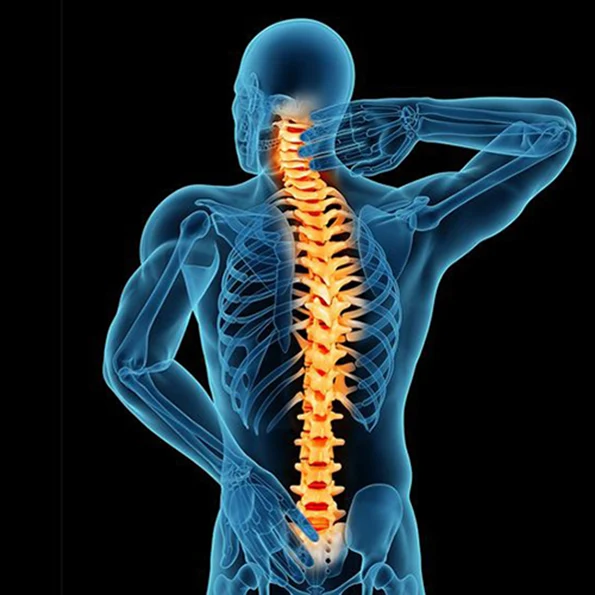
1. Procedure Overview Lumbar spinal stenosis surgery is performed to relieve pressure on the spinal cord or nerves in the lower back caused by narrowing (stenosis) of the spinal canal. This condition can lead to leg pain, numbness, or difficulty walking. Common surgical procedures include: Laminectomy (Decompression Surgery): Removal of part of the vertebra (lamina) […]
Extramedullary Spinal cord Tumor
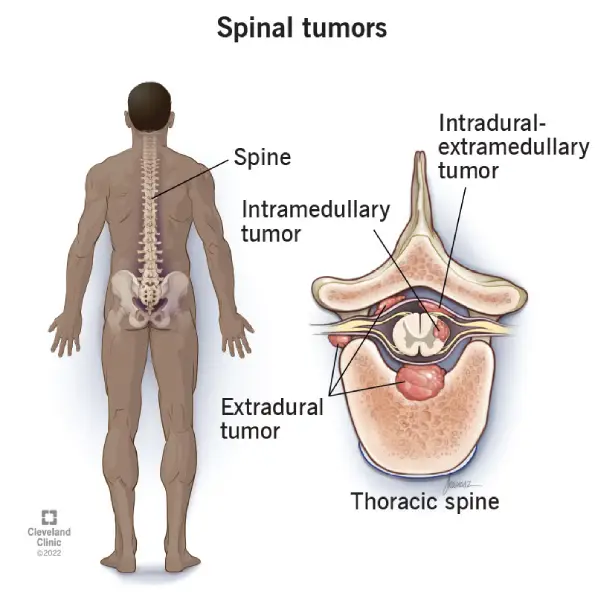
1. Procedure Overview Extradural (or extramedullary) spinal tumors are located outside the spinal cord but within the spinal column, often in or around the meninges (the protective covering of the spinal cord) or in the epidural space. These tumors can cause symptoms such as pain, weakness, numbness, or difficulty walking. Surgical removal is often necessary […]
Intramedullary spinal cord tumor
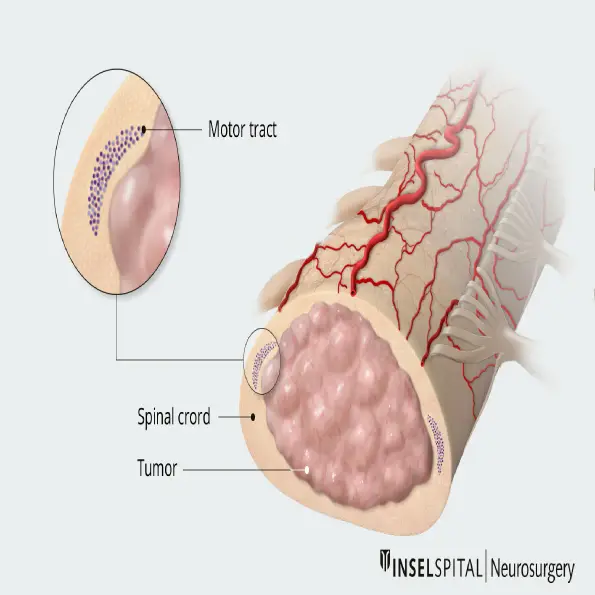
1. Procedure Overview Intramedullary spinal cord tumor surgery is performed to remove tumors located within the spinal cord. These tumors can cause symptoms such as pain, weakness, numbness, or difficulty with movement. Surgical removal of these tumors is often necessary to relieve pressure on the spinal cord and nerves. The procedure typically involves: Tumor Resection: […]
scoliosis surgery (with device)

1. Procedure Overview Scoliosis surgery is performed to correct an abnormal curvature of the spine (scoliosis) and to prevent the condition from worsening. The surgery is typically recommended for severe scoliosis that causes pain, discomfort, or functional problems, or if the curvature is progressing rapidly. Common surgical procedures include: Spinal Fusion: The most common method, […]
Laminectomy
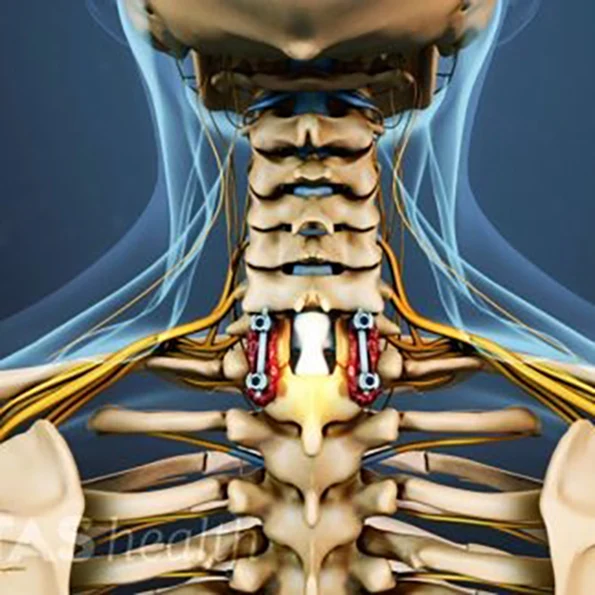
1. Procedure Overview Laminectomy is a surgical procedure used to treat conditions such as spinal stenosis, herniated discs, or degenerative disc disease. It involves the removal of part or all of the lamina (the bony roof) of a vertebra in the spine to create more space for the spinal cord and nerves. By decompressing the […]
Lumbar Fusion (with device)
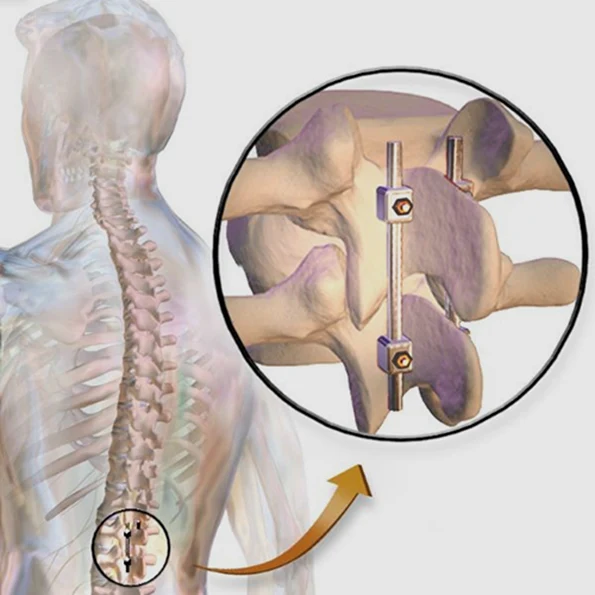
1. Procedure Overview Lumbar fusion is a surgical procedure performed to permanently join two or more vertebrae in the lower back (lumbar spine). This procedure is typically recommended for conditions such as degenerative disc disease, spondylolisthesis, spinal instability, or after a failed disc replacement. The goal is to reduce pain, stabilize the spine, and prevent […]
Spinal disc implantation/replacement (with device)
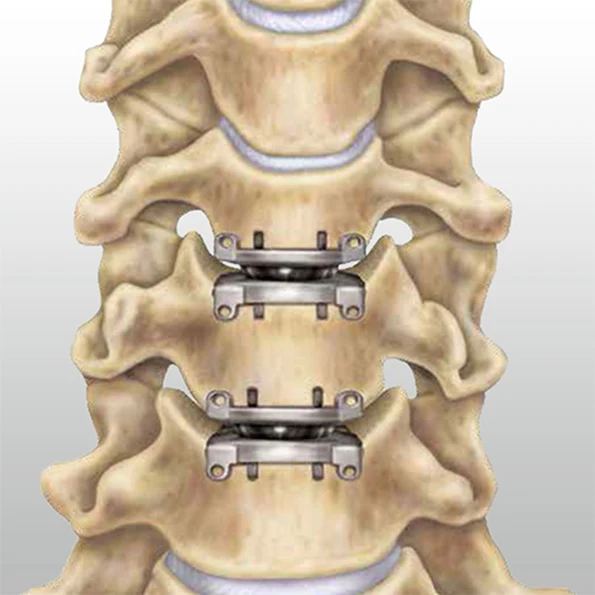
1. Procedure Overview Spinal disc implantation, also known as artificial disc replacement (ADR), is a surgical procedure used to replace a damaged or degenerated intervertebral disc in the spine, most commonly in the lumbar or cervical regions. This procedure is often performed to alleviate pain caused by degenerative disc disease or herniated discs, while preserving […]
cervical Discectomy surgery (with device)
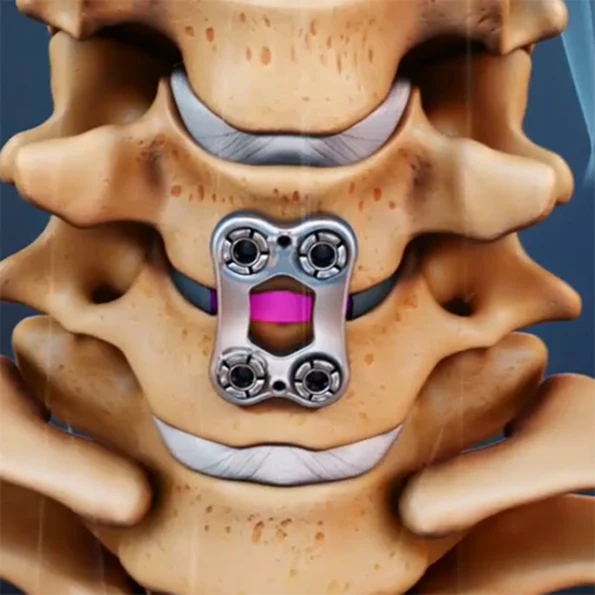
1. Procedure Overview Cervical discectomy is a surgical procedure to remove a herniated or degenerative disc in the neck region (cervical spine) that is pressing on a spinal nerve or the spinal cord. It is commonly performed using the Anterior Cervical Discectomy and Fusion (ACDF) technique: The surgeon approaches the spine through the front of […]
